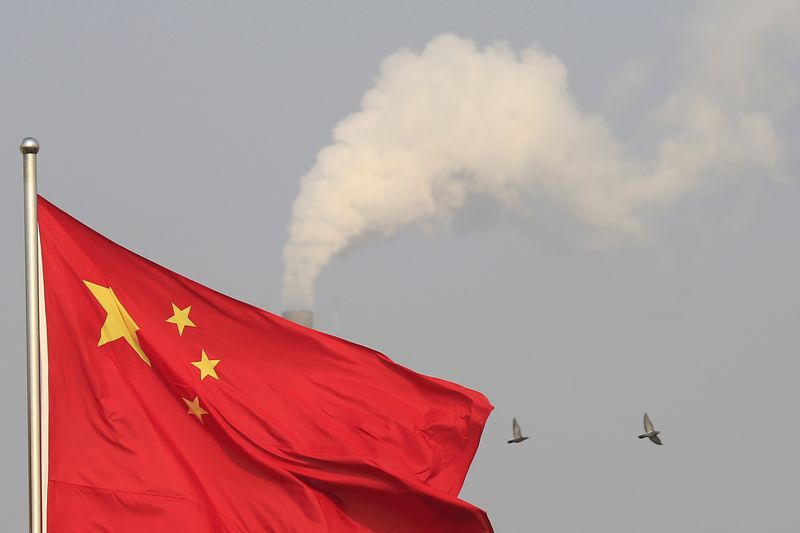Select Language

Chinese manufacturing activity shrank more than expected in April, government data showed on Wednesday, as local producers were slammed by a sharp drop in overseas orders after U.S. President Donald Trump imposed steep trade tariffs against Beijing.
A separate, private survey showed China’s manufacturing sector still remained in expansion, albeit at a much slower pace.
The official manufacturing purchasing managers index read 49.0 in April, compared to expectations of 49.7. The print also fell sharply from the 50.5 seen in the prior month.
A reading below 50 indicates a contraction, with China’s manufacturing PMI now back in contraction territory after two months of gains.
The drop in manufacturing activity came as China became embroiled in a bitter trade war with the U.S. through April. Trump imposed 145% tariffs on Chinese goods, while China retaliated with a 125% levy on American goods.
But the U.S. tariffs are expected to largely stymie American demand for Chinese goods- a trend that bodes poorly for Chinese manufacturers, given that U.S. exports represent a major revenue stream.
This notion drove April’s weakening in activity, as new business orders were slashed across the board.
China’s non-manufacturing activity also disappointed in April, with the non-manufacturing PMI rising 50.4 against expectations for a print of 50.6. The reading also fell from 50.8 in the prior month.
This brought China’s composite PMI down to 50.2 in April from 51.4 in March, with the print now barely remaining in expansion territory.
Wednesday’s PMI reading highlights the impact of steep U.S. tariffs on China’s manufacturing powerhouses, as they are cut off from American markets. But the country has so far shown little intent in trade talks with the U.S., having recently denied Trump’s claims that negotiations were taking place.
Caixin manufacturing PMI remains in expansion
Separately, a private survey of China’s manufacturing sector read stronger than expected for April, remaining in expansion albeit at a sharply slower pace from the prior month.
The Caixin manufacturing PMI read 50.4 in April, higher than expectations that it would shrink to 49.8. The reading still fell from the 51.2 seen in the prior month.
The Caixin reading also reflected a sharp drop in overseas orders following Trump’s tariffs. This resulted in Chinese industries operating at lower capacities, which in turn spurred job shedding in the sector.
"The U.S. tariff hikes took a toll on external demand, with new export orders declining at the fastest rate since July 2023... The ripple effects of the ongoing China-U.S. tariff standoff will gradually be felt in the second and third quarters. As such, policymakers should be well- prepared, with action taken sooner rather than later," Wang Zhe, Senior Economist at Caixin Insight Group said in a statement.
The Caixin data differs from the government data, in that while the government PMI covers larger, state-run industries in the north, the Caixin PMI focuses on smaller, private companies in the South. Investors usually use both surveys to gain a broader picture of the Chinese economy.
Wednesday’s data shows China’s economy clocked a weak start to the second quarter of 2025 after some improvement earlier in the year.
The soft economic data furthers the case for more government stimulus, with Beijing having outlined both fiscal and monetary measures to help support the economy.

